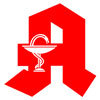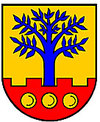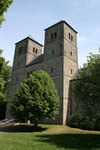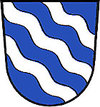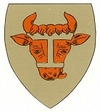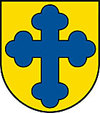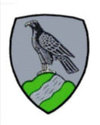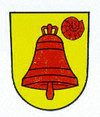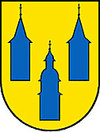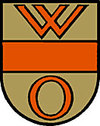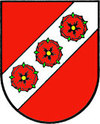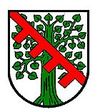Ascheberg

The village Ascheberg originated from a Saxon farming settlement, which was in the environment of the Ludgarian church in the middle of the 9th-century. The name Ascheberg comes with high probability from the Eschenburg (Castle Eschen), which once stood here, near Ascheberg. The village was first mentioned in the year 890. The village's appearance is dominated by the 81 metres high, neo-gothic tower of the St. Lambertus church. It is a Gothic hall church. The chancel was created by Johann Conrad Schlaun in 1740.
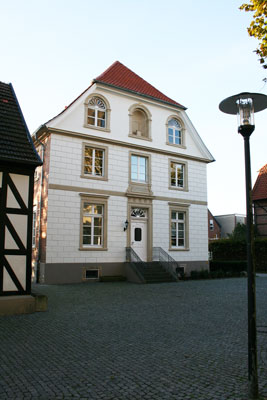
In the vicinity of 13 kilometres, there are altogether 18 palaces, castles, moats and manors, among others Westerwinkel Palace in Herbern and Nordkirchen Palace, which is also called the 'Westphalian Versailles'. In addition, there is a well developed cycle and hiking path network around the community Ascheberg.
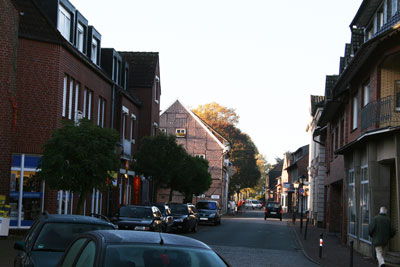
The coat-of-arms was approved by the regional council Münster on the 16th of June 1978. Blazon: 'In gold, a wall with three golden globes layered red base, a growing blue tree'. 'The senate decided unanimously on the 31st of May 1977 to keep the in 1962 approved historical crest of Ascheberg, but slightly changed, thus changing the colour of the tree (ash) - heraldic unproblematic - from green to blue, in order to incorporate the colours of the earlier community Herbern (blue/yellow).
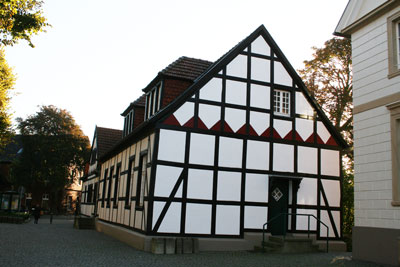
The tree and the wall as 'red symbol' refer to the village name Ascheberg, which was first mentioned in the 9th-century ('Ascasberg') and derives, according to linguists from the old high German askin = Eschen (ashes). the three globes go back to the dynasty of the masters from Davensberg, as only this lead the distinctive symbol of the three globes on red ground.


 Deutsch
Deutsch Nederlands
Nederlands Dansk
Dansk Österreichisch
Österreichisch Po Polsku
Po Polsku



